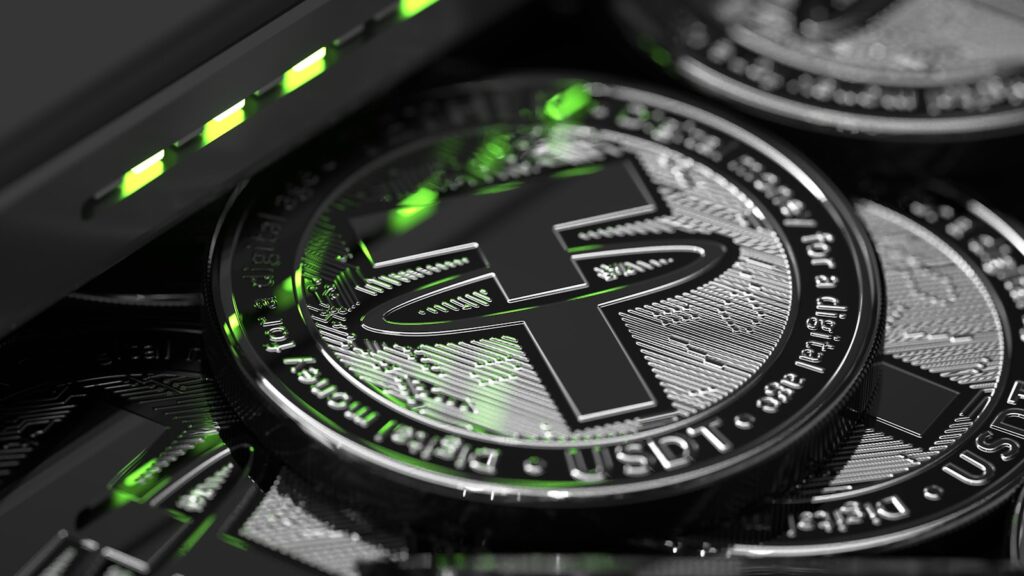Main Points:
- Coinbase plans to delist non-compliant stablecoins from the EU by the end of 2024.
- MiCA regulations are shaping the future of the EU’s stablecoin market.
- Tether’s USDT is expected to be significantly impacted.
- The transition toward MiCA-compliant stablecoins like USD Coin (USDC) and EUR Coin (EURC) is underway.
- MiCA regulations will limit the transaction volumes of certain stablecoins.
- Stablecoins tied to fiat currencies will be categorized as “e-money tokens” under MiCA.
Introduction to Coinbase’s Delisting Decision
Coinbase, a major cryptocurrency exchange, announced plans to delist non-compliant stablecoins from its platform by the end of 2024. This decision is driven by the upcoming MiCA (Markets in Crypto-Assets) regulations, which will be fully enforced by December 31, 2024, in the European Economic Area (EEA). MiCA introduces a comprehensive regulatory framework that mandates all stablecoins be approved by at least one EU member state before they can be traded within the region.
Tether’s USDT Faces Major Delisting
One of the stablecoins most affected by this change is Tether’s USDT, which currently dominates the market but has yet to secure approval under MiCA. With over $120 billion worth of USDT in circulation across Europe, Tether’s dominance is being challenged by the regulatory environment, forcing users to shift toward compliant alternatives such as Circle’s USD Coin (USDC).

MiCA’s Influence on the Stablecoin Market
MiCA is set to have a transformative impact on the EU’s stablecoin market. The framework not only demands regulatory approval but also sets strict rules for transparency and accountability. According to research from cryptocurrency data provider Kaiko, the delisting of non-compliant stablecoins by major exchanges like Coinbase could lead to significant market upheaval. While the MiCA regulations aim to stabilize the market, they also impose limitations, such as a daily transaction cap of $1 million for stablecoins that are not pegged to the Euro.
Alternatives to USDT and the Transition to Compliant Coins
Coinbase and other exchanges have been preparing for this transition by promoting MiCA-compliant stablecoins like EUR Coin (EURC) and USD Coin (USDC). Users in the EU will soon be required to exchange their USDT for compliant tokens to continue trading. Ripple’s RLUSD, another emerging stablecoin, may also play a significant role as exchanges look for alternatives to Tether.
MiCA’s Classification of Stablecoins
Under MiCA, stablecoins backed by fiat currencies will be classified as “e-money tokens,” while those supported by other assets will be categorized as “asset-referenced tokens.” This clear distinction aims to offer greater security and stability in the market. The regulation also brings about the concept of electronic money tokens, ensuring that stablecoins are closely tied to the value of their underlying fiat currency.
Stablecoin Market Trends in Europe
Despite the regulatory challenges, stablecoin trading in Europe has seen steady growth, particularly for Euro-denominated tokens. MiCA’s regulatory framework is expected to spur further development in this area, especially as exchanges begin to focus on offering compliant stablecoins. Even though Europe has lagged behind the US and the Asia-Pacific region in cryptocurrency trading, this regulatory clarity could encourage more growth within the European crypto market.
Global Impact of MiCA Regulations
The new regulatory landscape in the EU could set a precedent for other regions. While the US and Asia remain dominant in the stablecoin market, the EU’s regulatory approach could encourage other countries to adopt similar frameworks. This could create a more unified global market, where stablecoins adhere to strict rules on transparency, asset backing, and market caps.
Coinbase’s decision to delist non-compliant stablecoins marks a significant shift in the European cryptocurrency landscape. As MiCA regulations take full effect, exchanges and users alike will need to adapt to a new environment focused on regulatory compliance and market transparency. The rise of compliant stablecoins like USDC and EURC could reshape the market, offering both opportunities and challenges for investors. With the growing importance of regulatory frameworks, the future of the stablecoin market looks poised for further evolution, driven by the need for accountability and legal certainty.


